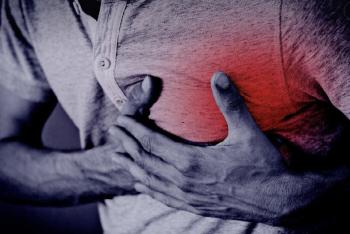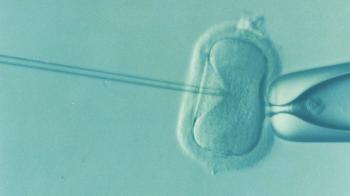25 million Parkinson's disease patients by 2050...What makes it different from aging?
Aug 04, 2025
|
◇ Parkinson's disease caused by loss of brain dopamine cells...a steady increase due to aging
Parkinson's disease is a disease caused by the gradual loss of dopamine-producing nerve cells in the dark matter located in the middle part of the brain, 'midbrain'. Dopamine is a neurotransmitter that precisely and gently controls the body's movement, and a lack of this substance causes various disorders in movement. The main symptoms include tremors (progress), decreased movement (exercise relaxation, muscle stiffness, and posture instability. In the beginning, it starts with minor changes, such as one arm not shaking well or the handwriting becoming smaller, and then symptoms may gradually expand due to walking disorders or falls. In addition, non-motor symptoms such as sleep disorders, constipation, loss of smell, and depression are often accompanied, causing inconvenience to the patient's life.
Parkinson's disease is one of the most common degenerative brain diseases along with dementia. The number of patients is steadily increasing due to the aging population.
According to data from the Health Insurance Review and Assessment Service, the number of patients visiting hospitals for Parkinson's disease has increased by nearly 15% over the past five years.
The number of patients is expected to continue to increase in the future. The cause of Parkinson's disease is not clear. Only about 5-15% of all patients are caused by genetic causes, and most of them are 'unusual', which occurs without a clear family history or genetic abnormalities.
◇ Early symptoms confused with aging, early diagnosis important...From imaging to artificial intelligence analysis
Early Parkinson's disease can be difficult to distinguish because it begins similarly to dullness and lethargy caused by aging. However, Parkinson's disease can be suspected if characteristic changes are accompanied, such as tremors in one hand, difficulty shaking one arm when walking, reduced facial expression, smaller voice, and reduced font size. In addition, non-motor symptoms such as abnormal behavior (replication of symptoms in dreams), olfactory disorders, and constipation may also appear during sleep, and in particular, it is recommended to see a doctor if you hear changes in movement that cause discomfort in your daily life or that you are "different from before".
Diagnosis is mainly based on the patient's symptoms and physical examination findings. Brain MRI or blood tests are performed to identify other diseases similar to Parkinson's disease. Nuclear medicine tests (Dopamine Transporter PET, SPECT) that look at dopamine distribution in the brain help increase the accuracy of diagnosis. Recently, various auxiliary techniques such as exercise test analysis, artificial intelligence (AI)-based analysis, olfactory test, and sleep test are used to help diagnose.
◇ Customized and combined therapy…Exercise and rehabilitation as important as medication
Parkinson's disease is an incurable disease, but if various treatment methods are combined with medication, it can help control symptoms and restore function. Drug treatment is based on treatment that supplements insufficient dopamine, and surgical treatment such as deep brain stimulation (DBS) can also be considered if drug efficacy decreases or side effects occur. In particular, in recent years, customized drug combinations, deep brain stimulation (DBS), AI-based diagnostic techniques, and precision medical technologies have been introduced considering individual patients' conditions, and treatment options are expanding.
Exercise and rehabilitation are just as important as medication. Walking, swimming, stretching, and rhythmic exercise help maintain a sense of balance and flexibility, and language therapy, occupational therapy, nutrition management, and psychological counseling have a positive effect on improving the patient's quality of life. In particular, daily management, such as emotional support from families and guardians, fall prevention, and sufficient sleep, is very important in the long-term treatment process.
There is no sure way to prevent Parkinson's disease yet, but studies have shown that a Mediterranean diet, regular exercise, maintaining proper weight, preventing head trauma, and managing sleep can help reduce the risk of developing it.
Professor Jeong Yu-jin "Parkinson's disease is not just a disease itself, but a disease that is important to treat and manage the patient's daily life and emotions together. "Small but continuous treatment and attention can significantly change the lives of patients and their families..." he advised.
|
This article was translated by Naver AI translator.















